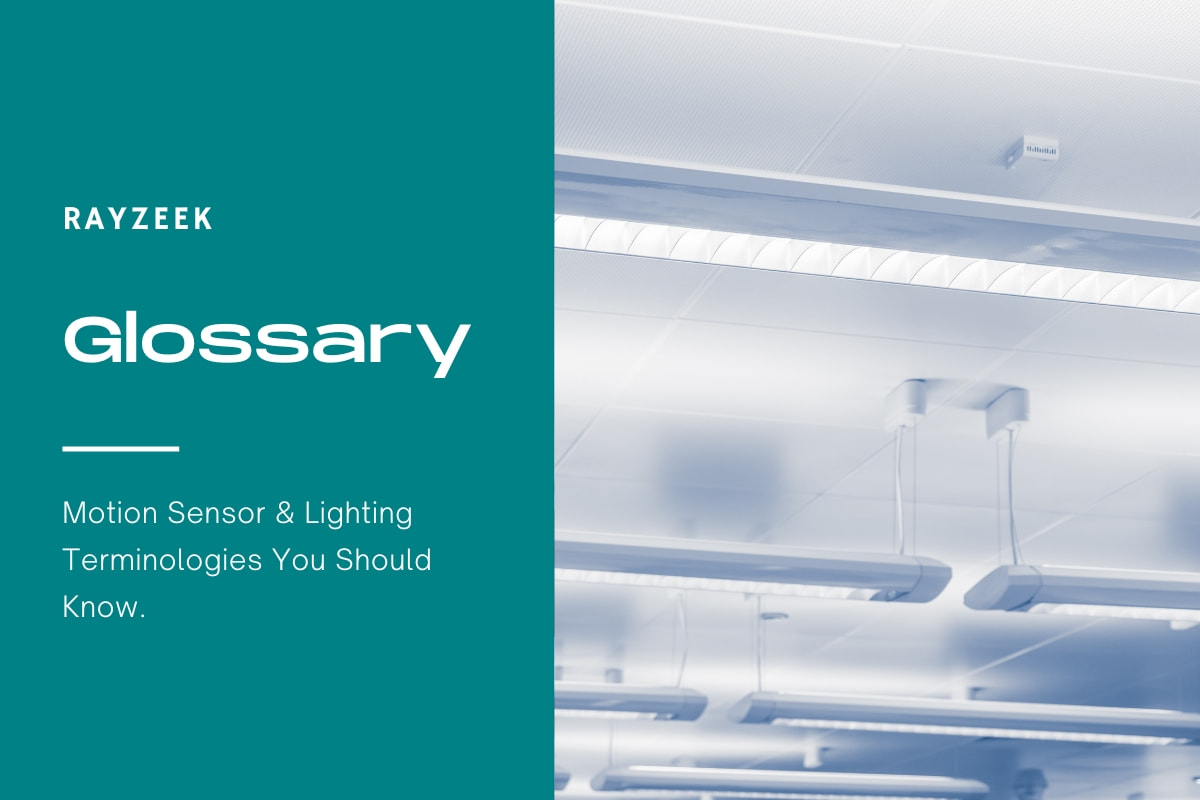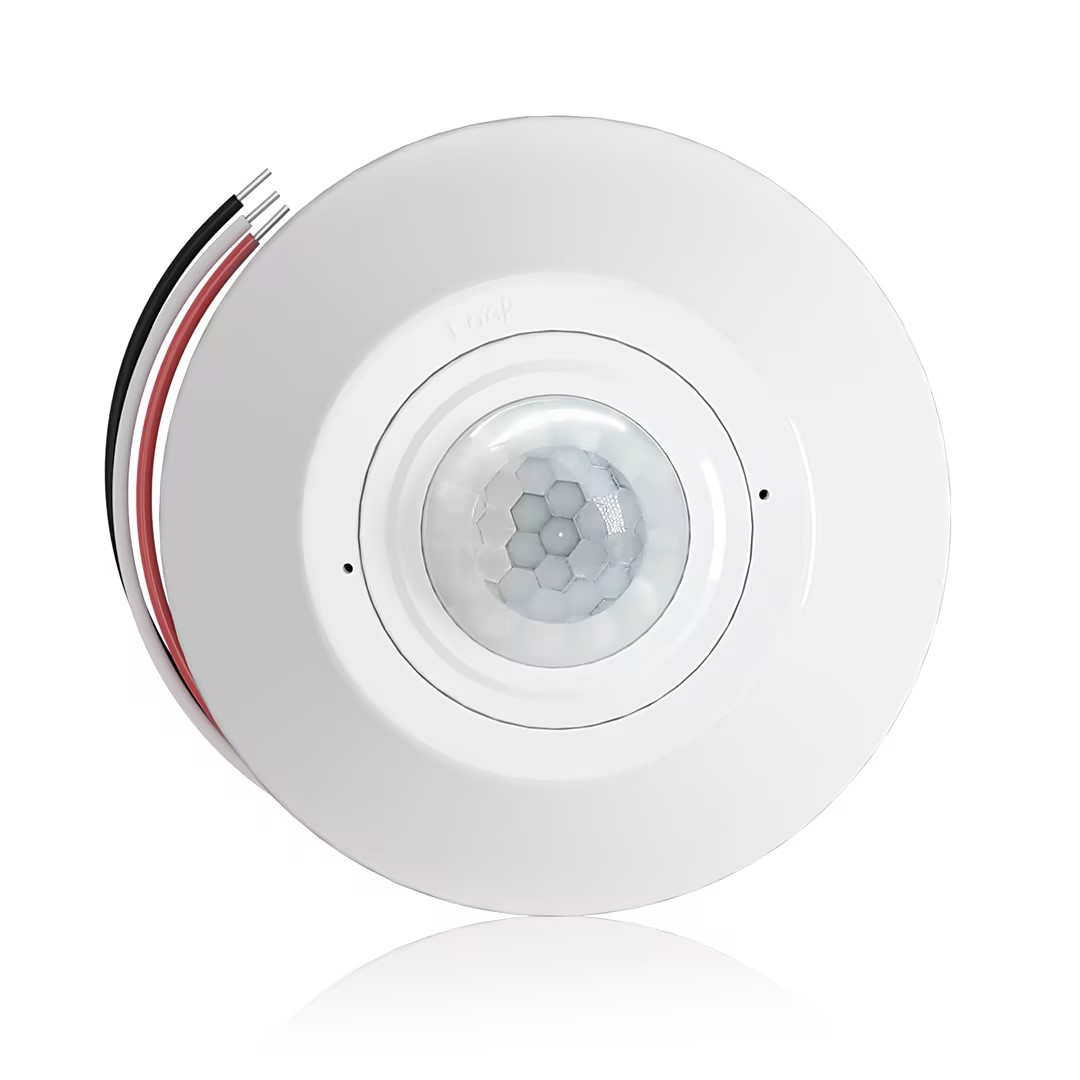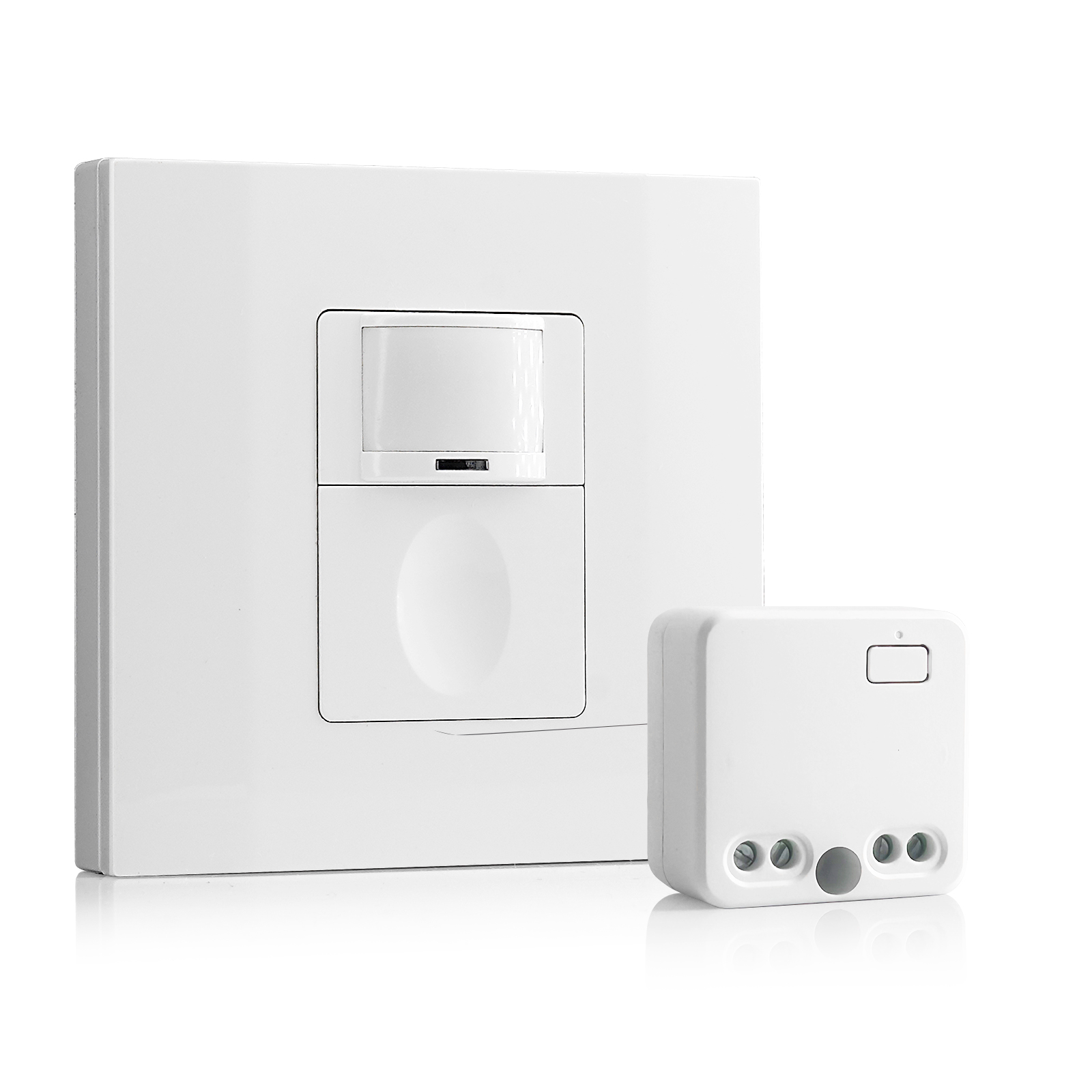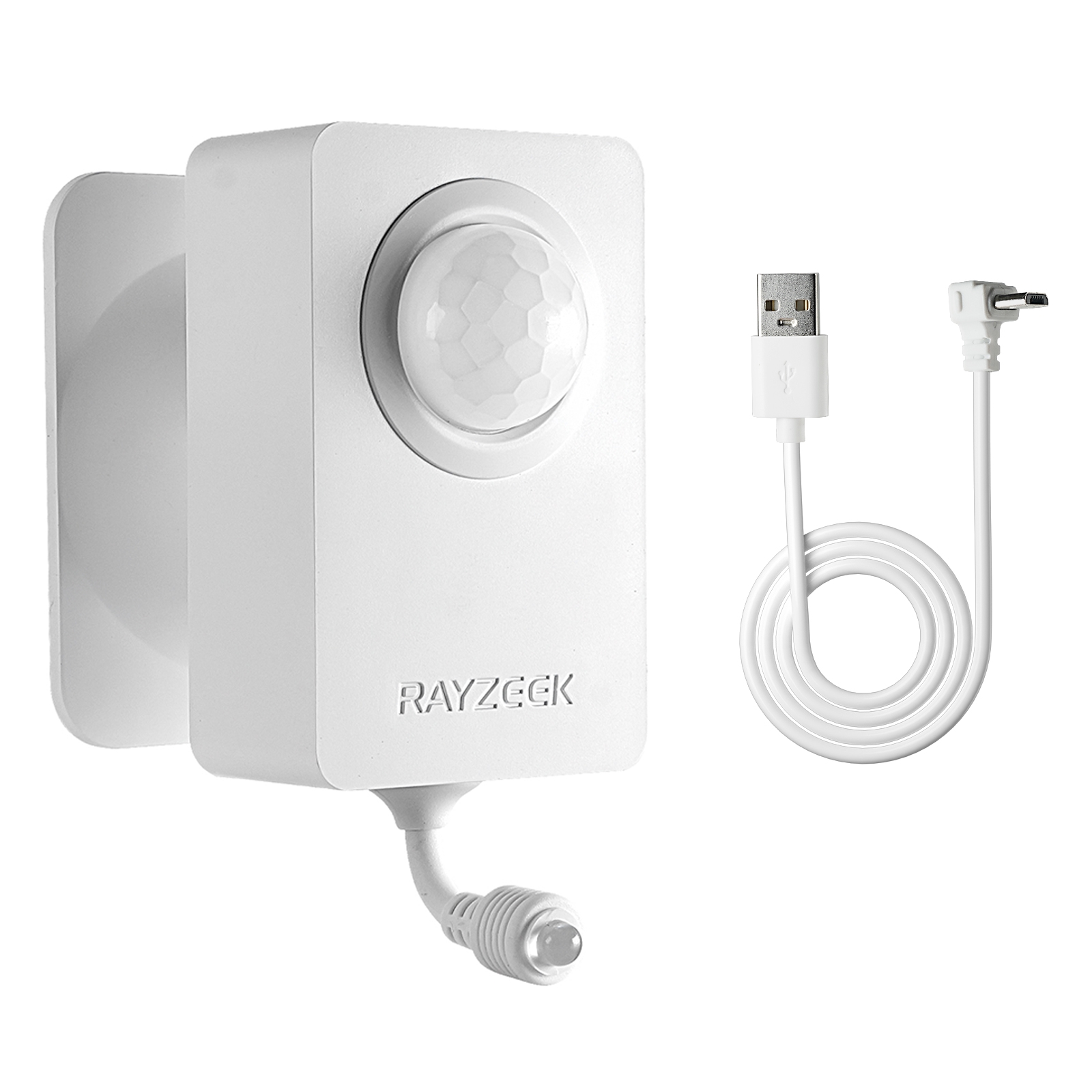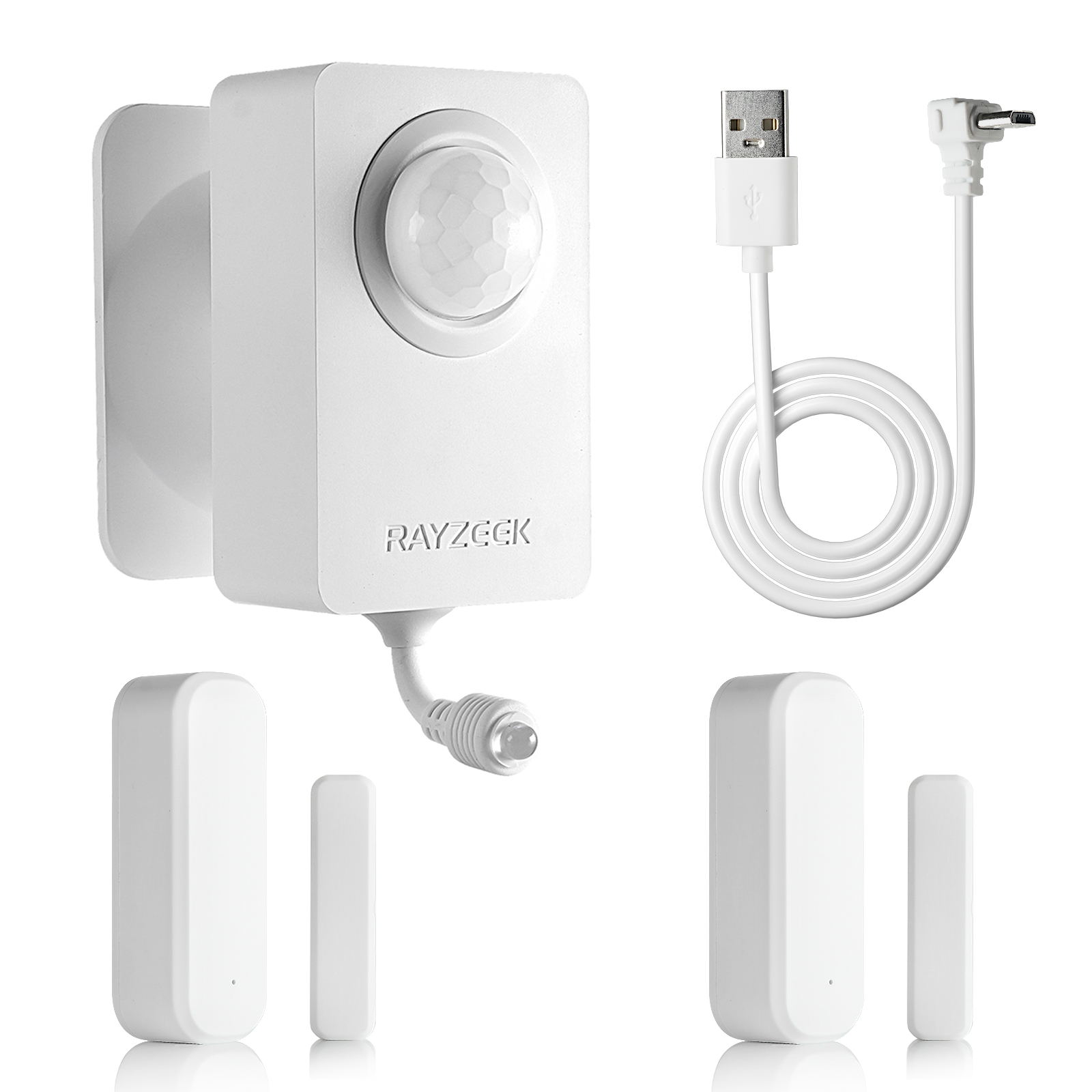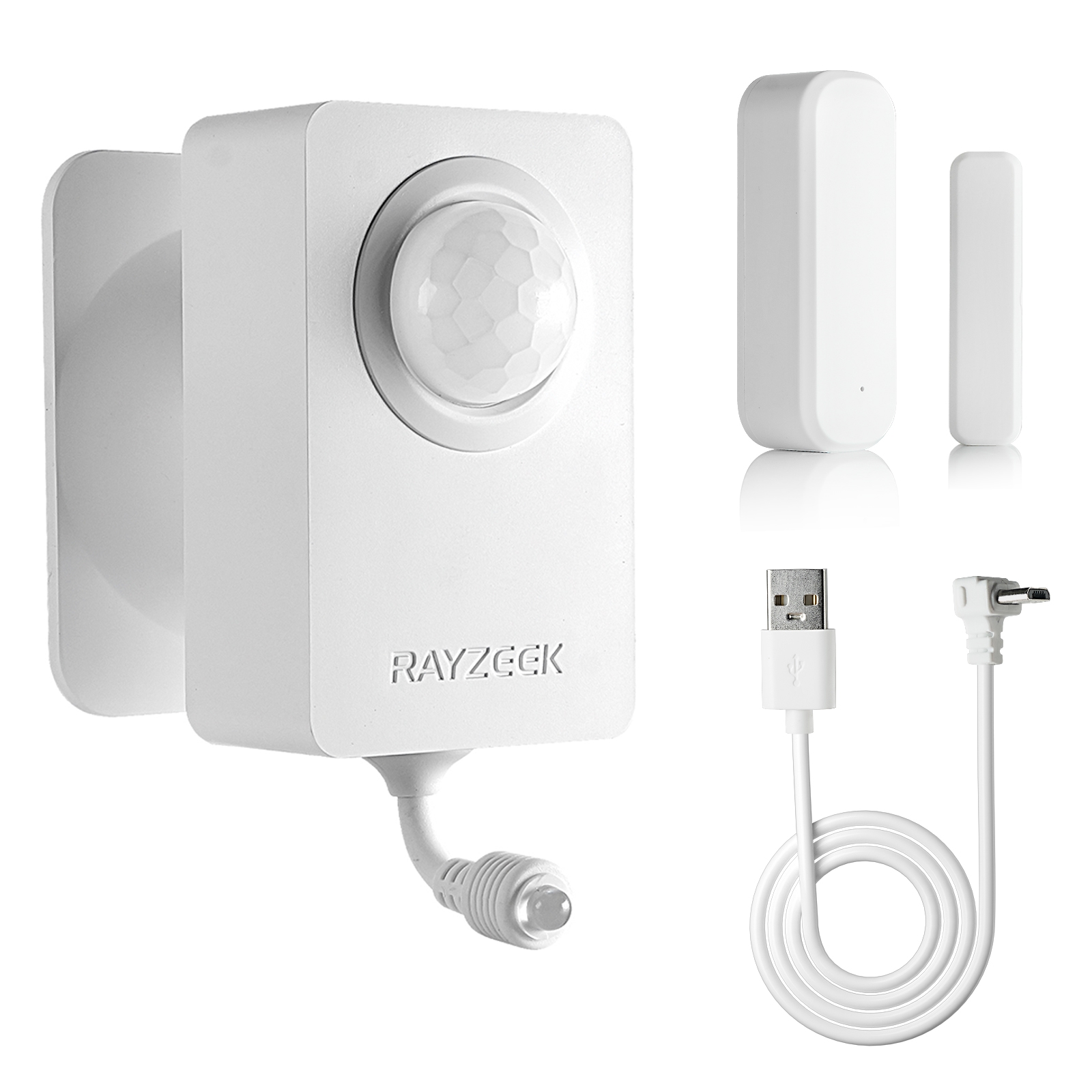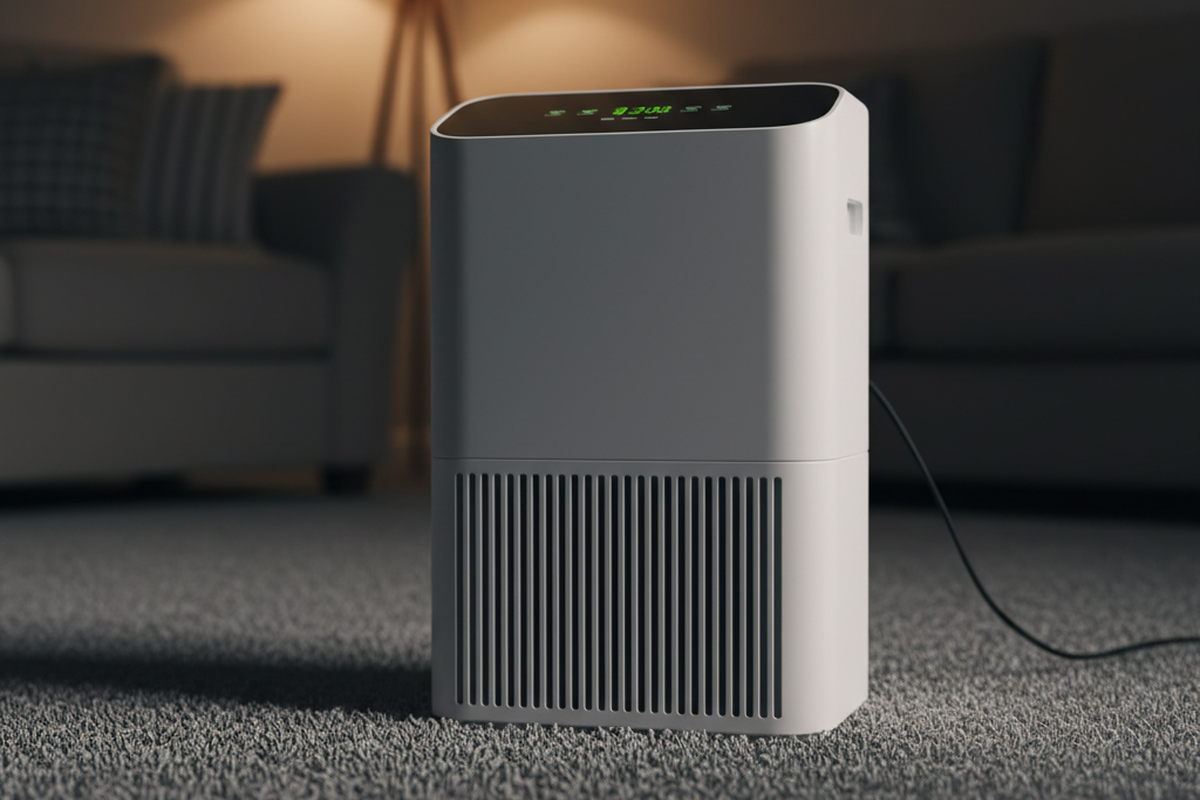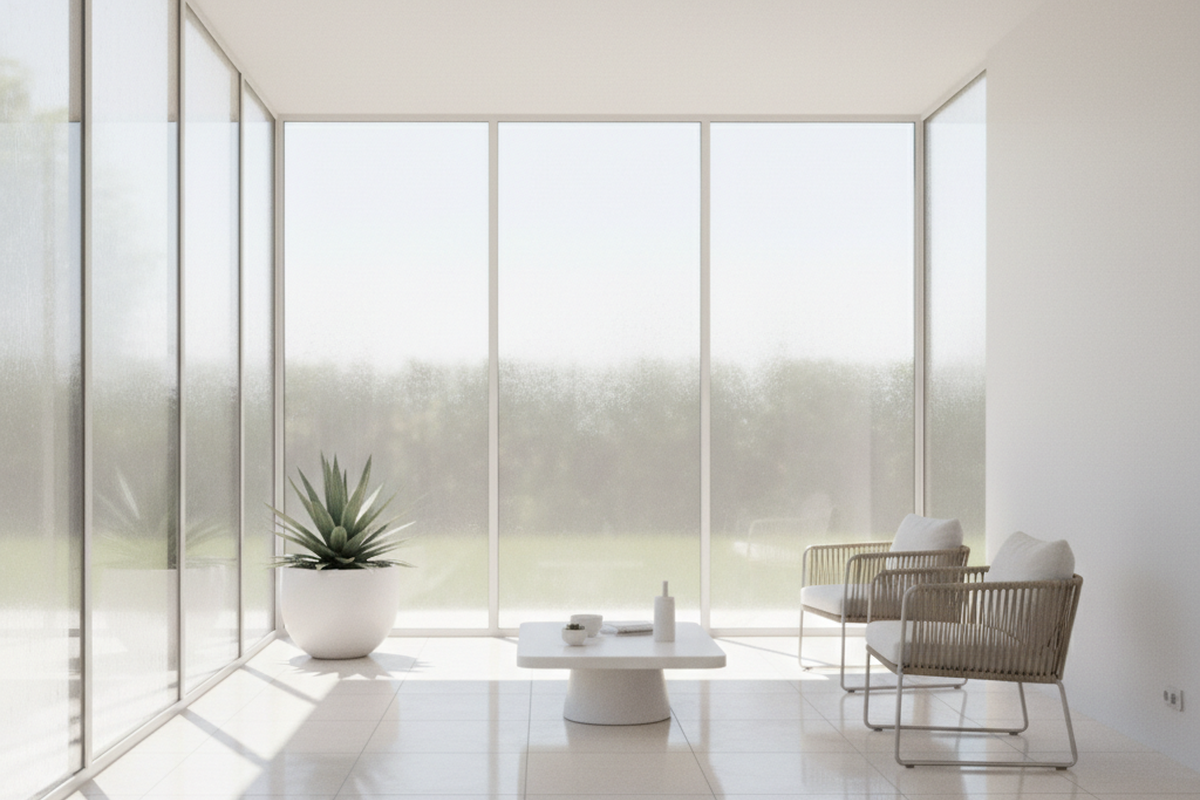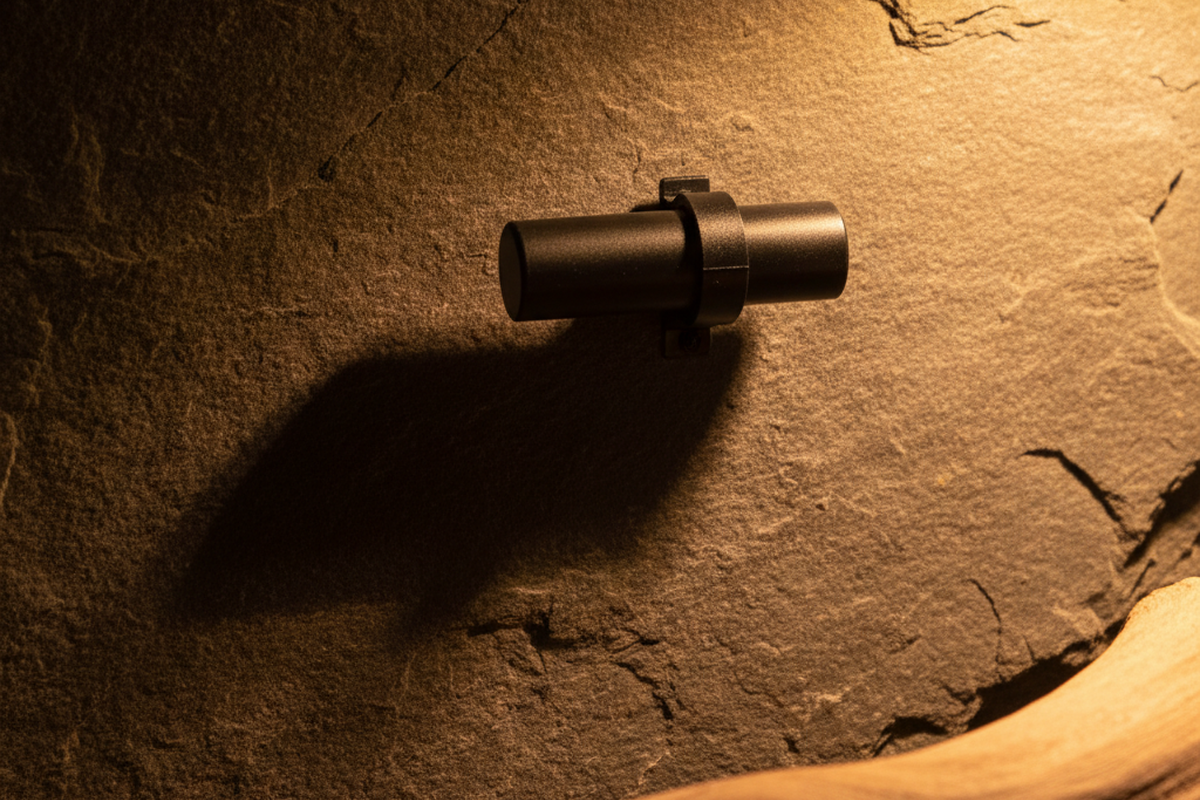Co je záření
Záření je přenos energie prostorem ve formě elektromagnetické vlny. Zahrnuje různé druhy elektromagnetického záření, včetně rádiových vln, mikrovln, rentgenového záření, gama záření a viditelného světla. Tyto různé formy záření jsou vyzařovány ze zdrojů a pohybují se vzduchem.
V osvětlovacím průmyslu se zářením rozumí způsob, jakým se přenáší energie a vytváří světlo. Svítidla vyzařují záření ve formě viditelného světla, které je nezbytné pro. osvětlení prostor. Záření v osvětlovacím průmyslu se však neomezuje pouze na viditelné světlo. Zahrnuje také další formy elektromagnetického vlnění, jako je infračervené a ultrafialové světlo, které jsou pro lidské oko neviditelné.
Možná máte zájem o
Porozumění záření pomáhá při návrhu a výběru vhodných svítidel pro konkrétní aplikace. Různé typy záření mají různé vlastnosti a charakteristiky, které mohou ovlivnit výkon a funkčnost osvětlovacích systémů. Například, infračervené světlo se často používá k vytápění, zatímco ultrafialové světlo se používá k dezinfekci.
Záření se v oboru osvětlovací techniky vztahuje konkrétně na přenos energie prostřednictvím vln a nemusí nutně znamenat škodlivé záření, jako je ionizující záření. Termín "záření" se v tomto kontextu zaměřuje na energii vyzařovanou z zdroje osvětlení a jeho různé formy, které přispívají k celkové funkčnosti a účinnosti osvětlovacích systémů.
Hledáte řešení úspory energie aktivované pohybem?
Obraťte se na nás pro kompletní PIR senzory pohybu, produkty pro úsporu energie aktivované pohybem, spínače se senzorem pohybu a komerční řešení pro detekci přítomnosti/volnosti.
Často kladené otázky
Jaká jsou negativa LED světel
Jednou z hlavních nevýhod LED žárovek je pravděpodobně vyšší vyzařování modrého světla ve srovnání s žárovkami, které vyzařují spíše červené světlo. Toto zvýšené množství modrého světla může narušit váš cirkadiánní rytmus, což vede k potížím s usínáním a zhoršení kvality spánku.
Jak světla LED působí na lidské tělo
Zejména vyzařovací spektrum světel LED, zejména těch s modrým vrcholem, může potenciálně ovlivnit naše zdraví tím, že potlačuje produkci melatoninu. Melatonin je hormon, který naše tělo přirozeně začíná produkovat v odpoledních hodinách a jehož nejvyšší hladiny dosahuje v nočních hodinách.
Jsou světla LED bezpečnější než žárovky
Sváteční světla LED mají nejen nižší spotřebu elektřiny, ale také několik výhod oproti žárovkám. Jednou z těchto výhod je jejich bezpečnost. LED diody jsou mnohem chladnější než žárovky, což výrazně snižuje riziko vznícení nebo popálení prstů. LED diody jsou navíc pevnější, protože jsou vyrobeny z epoxidových čoček namísto skleněných, takže jsou odolnější proti rozbití.
Co znamená záření ve světle
Světelné záření označuje energii, která vychází ze zdroje a šíří se prostorem rychlostí světla. Tato energie má elektrické i magnetické pole a vykazuje vlnové vlastnosti. Jiný termín pro záření je "elektromagnetické vlny".
Jaký typ záření je světlo
Rádiové vlny, gama záření, viditelné světlo a všechny ostatní složky elektromagnetického spektra jsou klasifikovány jako elektromagnetické záření. Tuto formu záření lze charakterizovat jako soubor beztížných částic známých jako fotony, které se pohybují vlnovým způsobem rychlostí světla.
Jak světlo produkuje záření
Elektromagnetické záření, včetně světla, vzniká pohybem (vibrací) elektricky nabitých částic, jako jsou vibrující molekuly v zahřátých látkách nebo elektrony v atomech. Tyto procesy se podílejí na žhavení vlákna žárovek, zatímco zářivky spoléhají na druhý zmíněný proces.
Co je vyzařování světla LED
Světelná dioda (LED) je polovodičové zařízení, které po přivedení elektrického proudu vyzařuje optické záření v určitém rozsahu vlnových délek. Vlnová délka většiny LED diod se obvykle pohybuje od infračervené (přibližně 1 000 nanometrů) po ultrafialovou (přibližně 300 nanometrů).
Co je záření v domě
Při rozpadu přirozené radioaktivity obsažené ve stavebních materiálech se uvolňuje radioaktivní plyn radon. Tato emise radonu může potenciálně vést ke zvýšené hladině radonu v obytných a komerčních budovách. Je důležité si uvědomit, že radon ve vnitřních prostorách představuje větší a rozšířenější problém pro veřejné zdraví než radiace pocházející ze stavebních materiálů.

